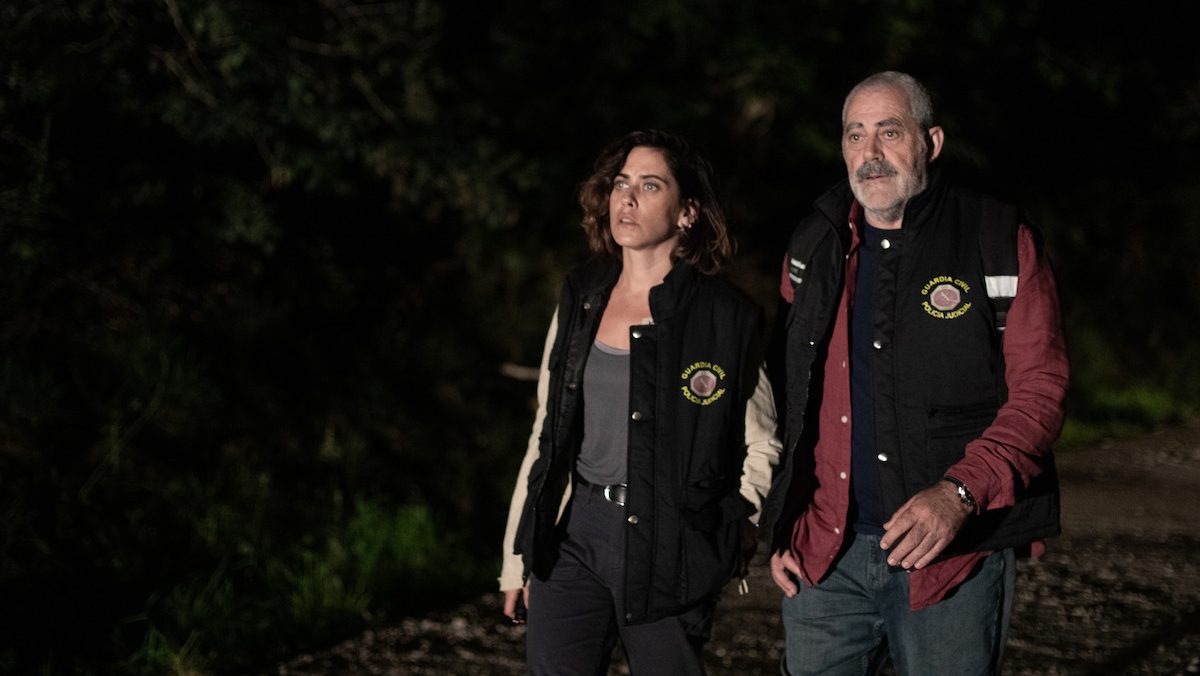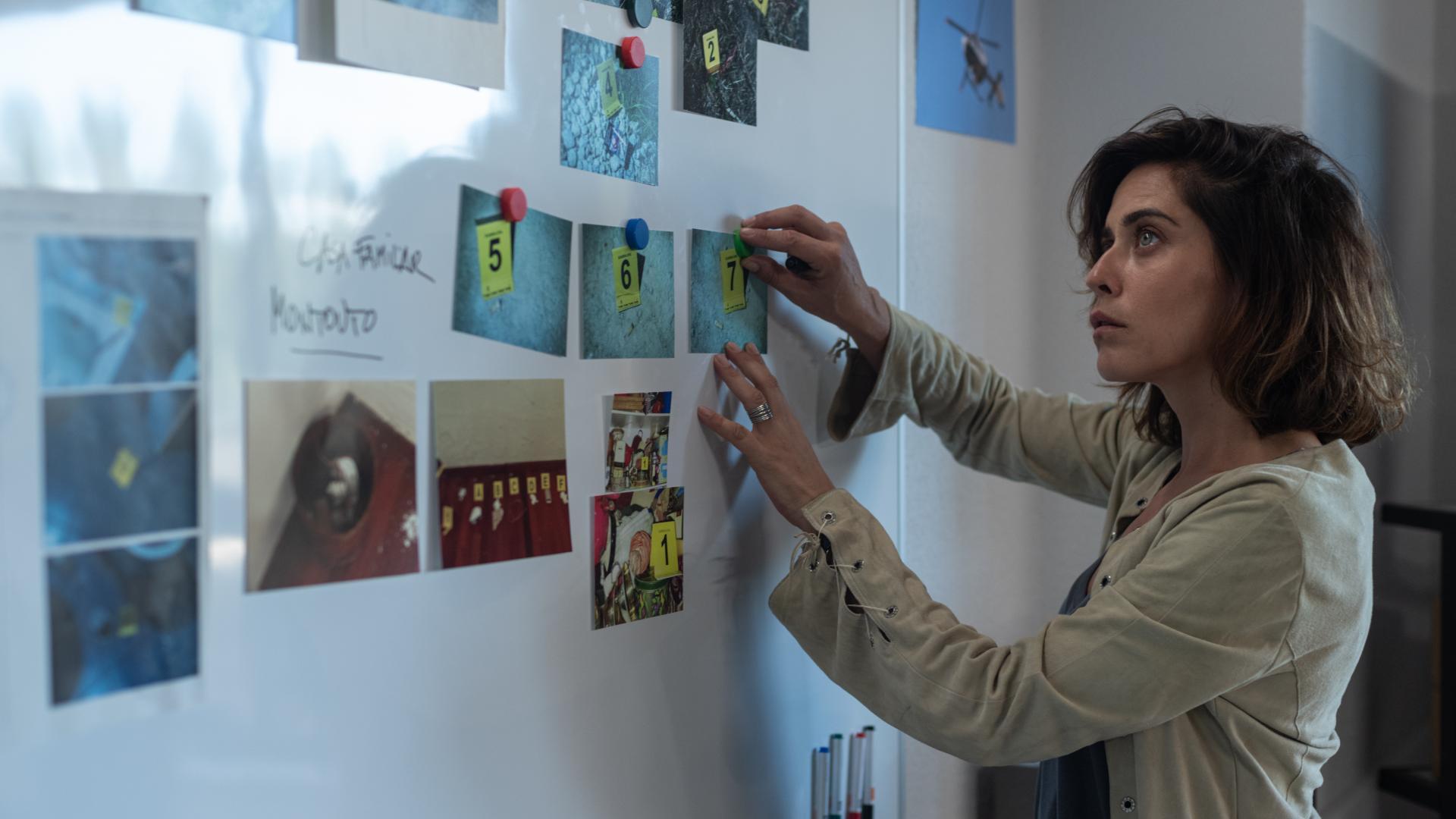With Netflix’s ‘The Asunta Case’ delving into the 2013 murder of Chinese-born Spanish tween Asunta Basterra at the hands of her adoptive parents, we honestly get a thriller unlike any other. That’s because it tracks the entire investigation into this complex matter — from the moment she was first reported missing — to really underscore precisely what transpired to her and why. It thus comes as no surprise the local Civil Guard Agents assigned to discover this truth play a significant role throughout the original, which includes Cristina Cruces (portrayed by María León).
Cristina Cruces is Largely Fictional
Although the events dramatically chronicled in Carlos Sedes and Jacobo Martínez’s directed ‘The Asunta Case’ are based on reality, not every single aspect of it holds a hundred percent true. This much has actually even been clarified in the end card following all episodes of this miniseries, stating that some characters and scenes are fictionalized for creative as well as privacy reasons. It further adds, “The judicial and police plots have also been fictionalized in order to adapt to the narrative rhythm of the series,” indicating that Crist ina Cruces is truly not a real Spanish detective.

Instead, it appears as if both she and Agent Javier Rios have essentially been inspired by each of the Santiago police officers who looked into Asunta’s real-life murder case until justice was served. After all, while filling this same role within the production, these characters seem to carry an essence of the actual investigators’ determination to find a satisfactory close and the hardships they faced along the way. As for the reason the entire real team was ostensibly consolidated into just two primary police officers, the show simply would’ve been spread too thin if they were individually portrayed since the number was massive.
It’s also imperative to note that since this story does mostly unfold from the perspective of those scrutinizing it so as to crack all the possible questions of who, why, and where, the facts had to be completely right. Therefore, agents Cristina plus Javier became the leads – they alone located a lot of the evidence while also serving as points of contact for both the investigative judge and the suspects so as to not complicate matters. The two prime examples of this are the way the latter located the same kind of orange twine used to bind Asunta’s limbs in the family’s Teo country home and how her mother, Rosario Porto’s illicit affair came to light through a conversation between her and the former.

We should mention it was these bits of evidence that enabled Cristina and Javier to narrow down the possible motives behind Asunta’s murder before discussing the same with prosecutors for court. So yes, considering all those actually involved in the case did give testimonies during the 2015 trial against the tween’s parents, it goes without saying their individual viewpoints were important too.
Moreover, both Cristina and Javier’s illustrated personal journey with parenthood — her with IVF as well as his with his Asunta-aged granddaughter — added another layer of poignancy to this tale. After all, not only did they question if the accused parents were really monster enough to kill their own child in cold-blood, but they also raised a feeling of anger over how someone could even do so.
Read More: Baby Reindeer: Is Darrien O’Connor a Real Person?






